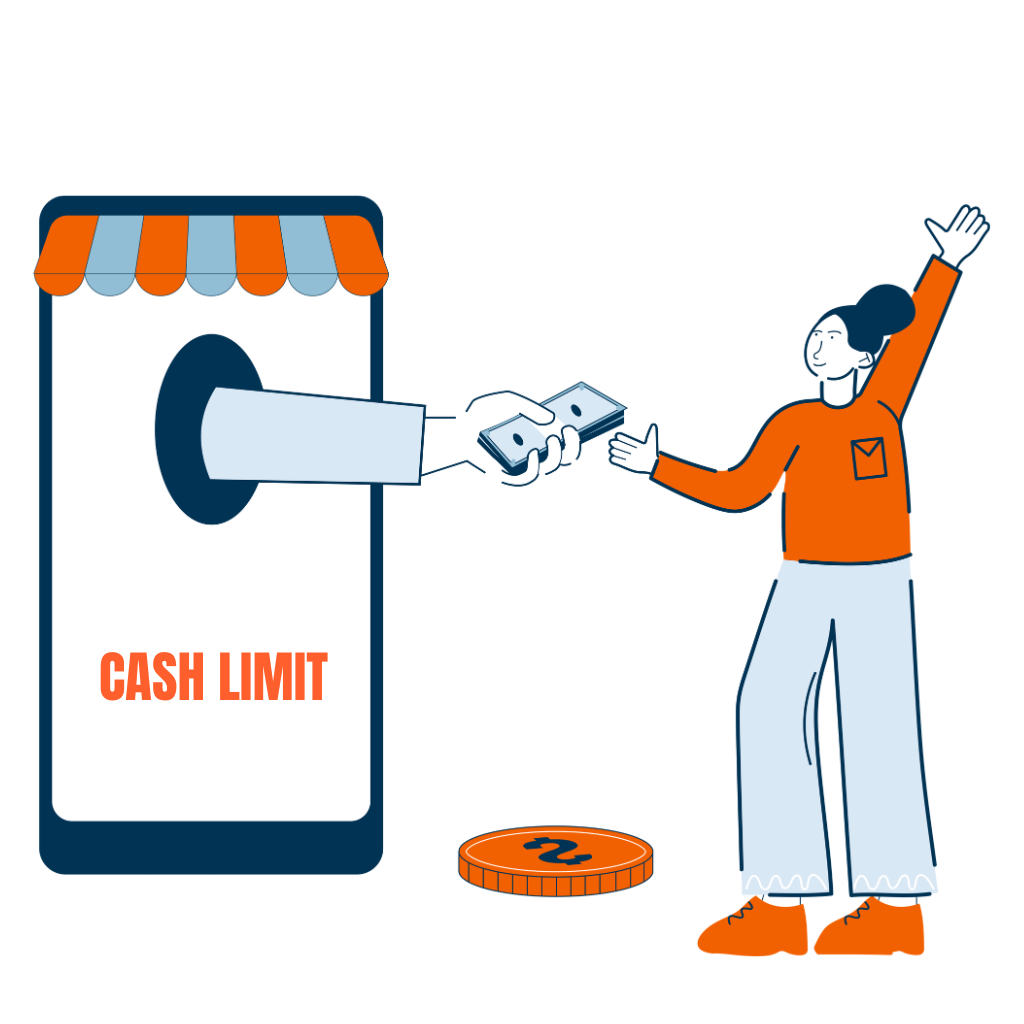
CC Limit (Cash Credit )
Unleash Growth Potential: Offer Flexible Financing with CC Cash Credit Limits
As a lending professional, you understand the challenges businesses face in managing cash flow. The CC Cash Credit Limit provides a versatile solution for your clients, offering:
- Increased Working Capital: Businesses can access funds as needed, up to their approved limit, to cover operational expenses, inventory purchases, or unexpected costs.
- Improved Cash Flow Management: Interest is only charged on utilized funds, allowing for efficient financial management.
- Flexible Repayment: Clients can repay borrowings at their own pace, with options for structured installments or on-demand repayments.
- Simplified Application Process: Streamlined procedures ensure businesses receive funding quickly.

